
| Specification | Description | Manufacturing Process | Notes |
|---|---|---|---|
| Dimensions | Typically 60-70 inches tall, 20-30 inches wide | Design and prototyping | Size may vary based on specific requirements |
| Material | Weather-resistant materials like stainless steel or aluminum | Metal fabrication, cutting, welding | Ensures durability and protection against elements |
| Touchscreen Display | 15-22 inch high-resolution, anti-glare, and weatherproof screen | Assembly, screen lamination, waterproofing | Critical for user interaction, must be robust |
| Payment Systems | Multi-payment options: cash, credit/debit cards, mobile payments | Integration of hardware components, testing | Requires secure and reliable components |
| Ticket Printer | Thermal printer for issuing tickets or receipts | Component installation, testing | Must be reliable and fast |
| Power Supply | Includes a stable power source, often with battery backup | Wiring, installation, safety checks | Ensures consistent operation |
| Connectivity | Ethernet, Wi-Fi, or cellular connectivity for system integration | Installation of communication modules | Allows for real-time data transmission |
| Security Features | Tamper-proof locks, surveillance integration, alarm systems | Installation of locks, sensors, and testing | Protects against vandalism and theft |
A parking lot kiosk operates as a self-service terminal that automates the entry, payment, and exit processes in parking facilities. When a vehicle enters the parking lot, the driver either takes a ticket or enters a code at the kiosk, logging their entry time. The kiosk stores this information and calculates the fee based on the duration of the stay. Before exiting, the driver approaches the kiosk, inputs their ticket or code, and is prompted to pay the calculated fee. The kiosk accepts various payment methods, including cash, credit/debit cards, and mobile payments. After the transaction, the kiosk issues a receipt or validates the ticket, allowing the driver to exit. Some kiosks are integrated with barriers that automatically lift once payment is confirmed. The system is designed to be user-friendly, efficient, and secure, reducing the need for human attendants and streamlining the entire parking process.

A parking lot kiosk is equipped with a combination of robust hardware and sophisticated software to ensure efficient operation. The hardware typically includes a weatherproof touchscreen display for user interaction, payment processing systems that support cash, credit/debit cards, and mobile payments, a thermal printer for issuing tickets or receipts, and a secure enclosure made of durable materials like stainless steel or aluminum. It may also feature connectivity options such as Ethernet, Wi-Fi, or cellular modules for real-time data transmission, as well as security components like tamper-proof locks and surveillance integration.
On the software side, parking lot kiosks run specialized programs that manage the user interface, payment processing, ticket validation, and communication with the parking management system. The software ensures smooth transactions, calculates parking fees based on time, and provides real-time reporting and monitoring. Additionally, the software may include remote management capabilities, allowing operators to monitor and update kiosks from a central location. Together, the hardware and software work seamlessly to automate and enhance the parking experience for users.
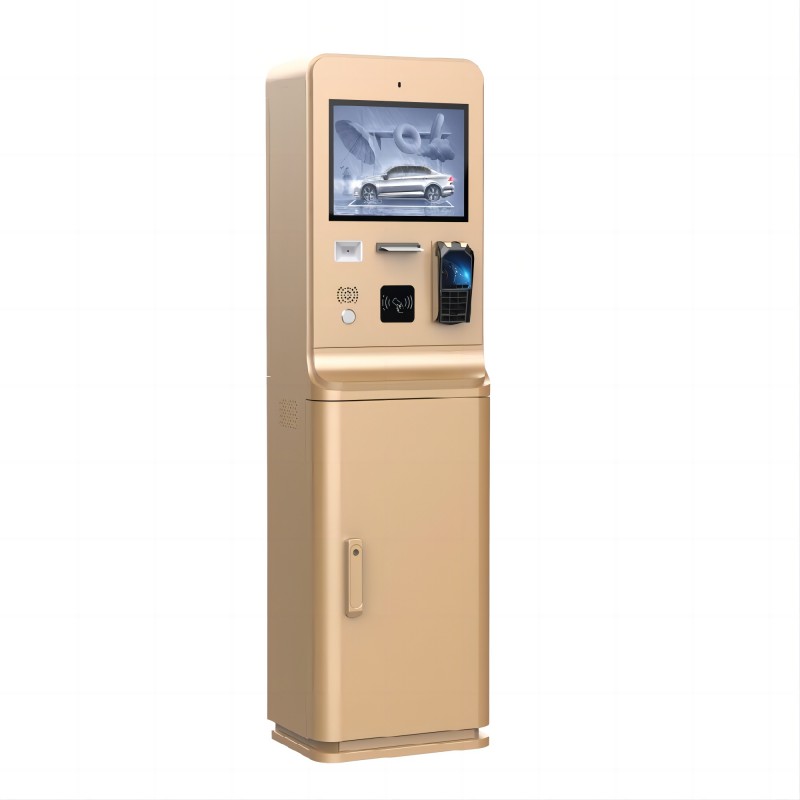
Improved Efficiency: Automates entry, payment, and exit processes, reducing wait times and increasing the flow of vehicles in and out of the parking lot.
Cost Savings: Reduces the need for on-site staff, lowering operational costs while maintaining high service levels.
User Convenience: Offers multiple payment options, including cash, cards, and mobile payments, making it easy for users to pay quickly and securely.
Enhanced Security: Equipped with tamper-proof features and integrated surveillance options, providing a secure solution for handling transactions and protecting the equipment.
Real-Time Monitoring: Allows for remote management and monitoring, giving operators the ability to track usage, monitor payments, and receive alerts in real-time.
Increased Revenue: By ensuring accurate fee calculation and reducing human error, kiosks help maximize revenue from parking operations.
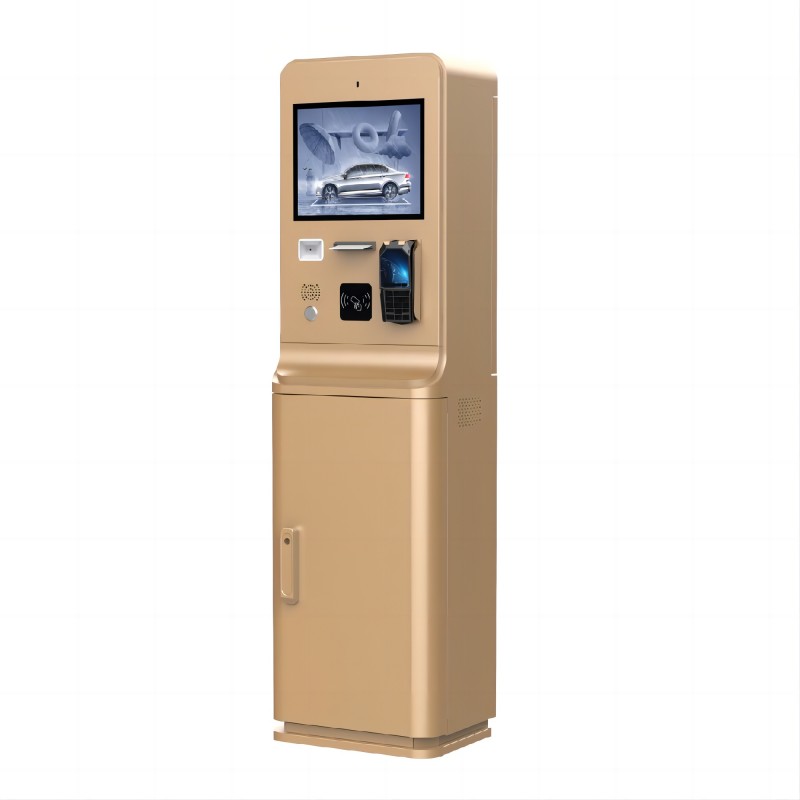
| Type | Size (Approx.) | Price Range | Design Options |
|---|---|---|---|
| Standard Kiosk | 50-60 inches tall, 20-30 inches wide | $5,000 - $8,000 | Customizable branding, basic weather-resistant casing |
| Advanced Kiosk | 60-70 inches tall, 20-30 inches wide | $8,000 - $12,000 | Enhanced weatherproofing, multiple payment options, high-resolution screen |
| Outdoor Kiosk | 60-70 inches tall, 25-35 inches wide | $10,000 - $15,000 | Extreme weather-resistant, vandal-proof casing, advanced security features |
| Compact Kiosk | 40-50 inches tall, 15-20 inches wide | $4,000 - $7,000 | Space-saving design, basic payment options, portable |
| Custom Kiosk | Variable, based on requirements | $7,000 - $15,000 | Fully customizable design, integration with specific systems, specialized features |
1. Assess Needs and Requirements:
2. Research Vendors:
| 3. Request Quotes:
4. Evaluate Options:
|
5. Select and Negotiate:
6. Place Order and Arrange Installation:
| 7. Test and Train:
8. Monitor and Maintain:
|
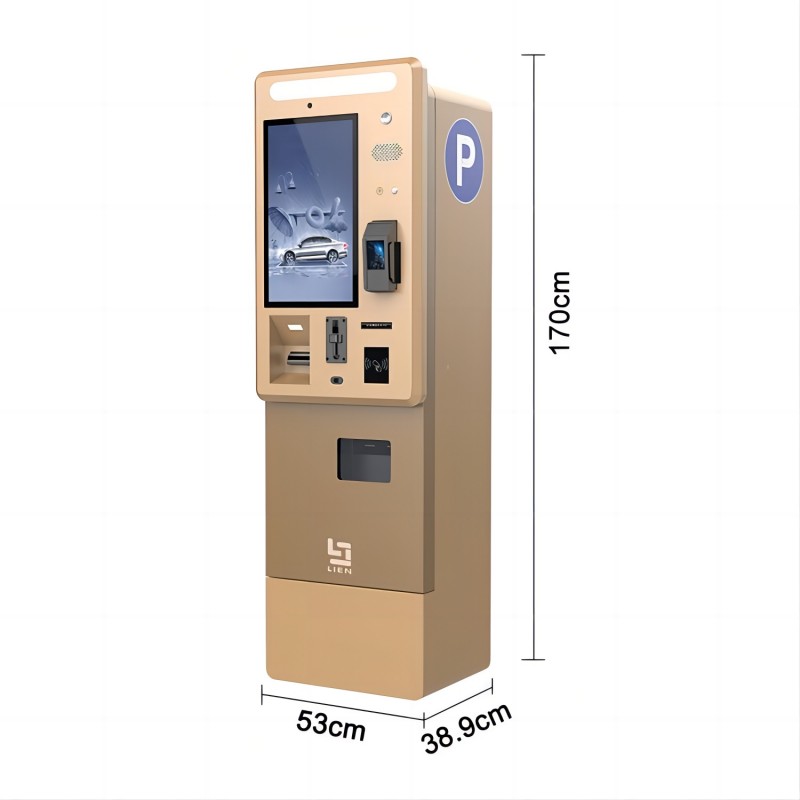
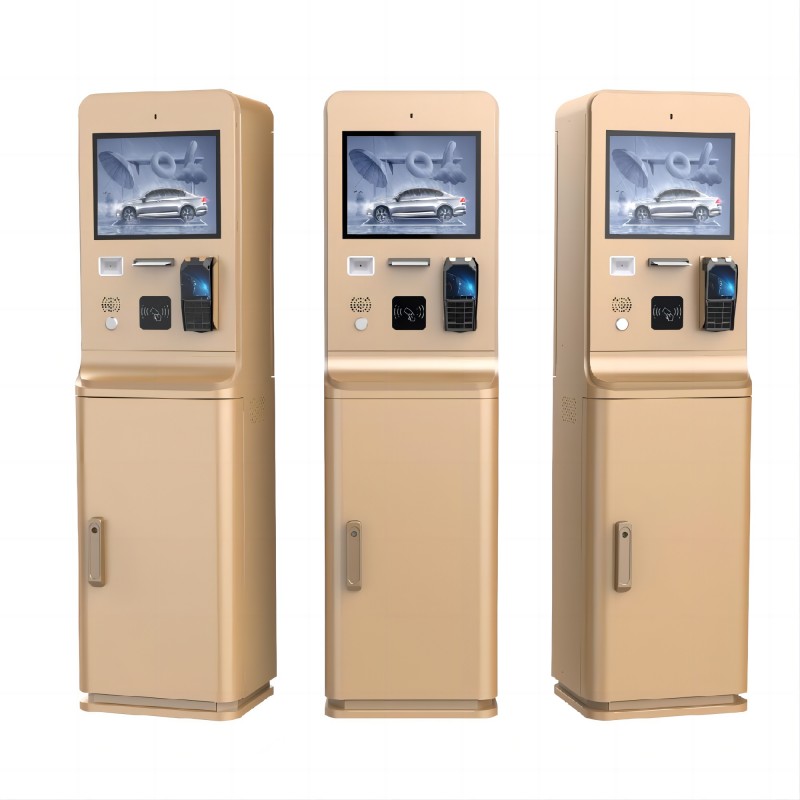
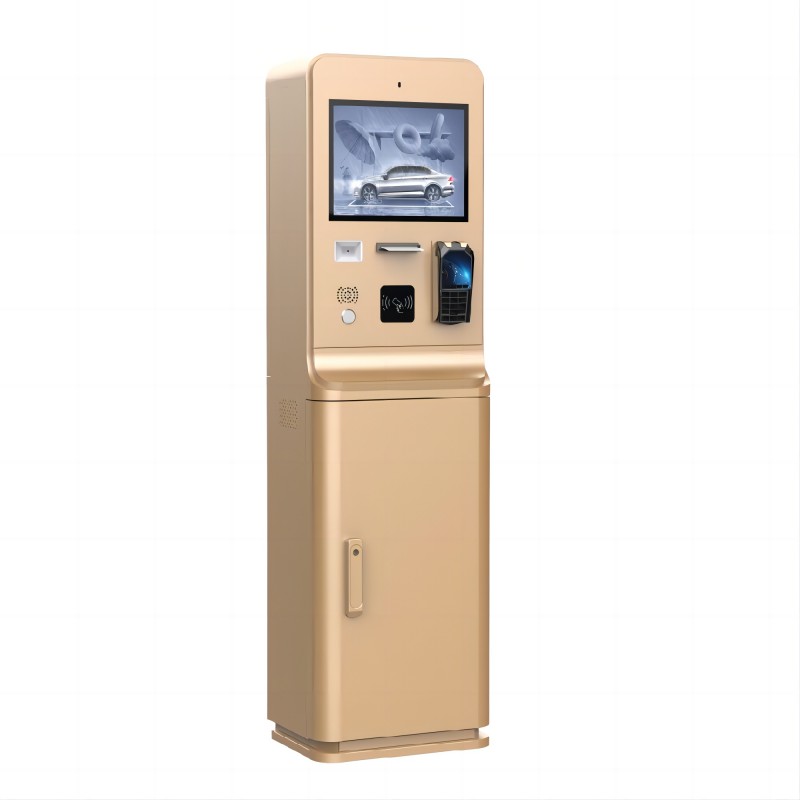
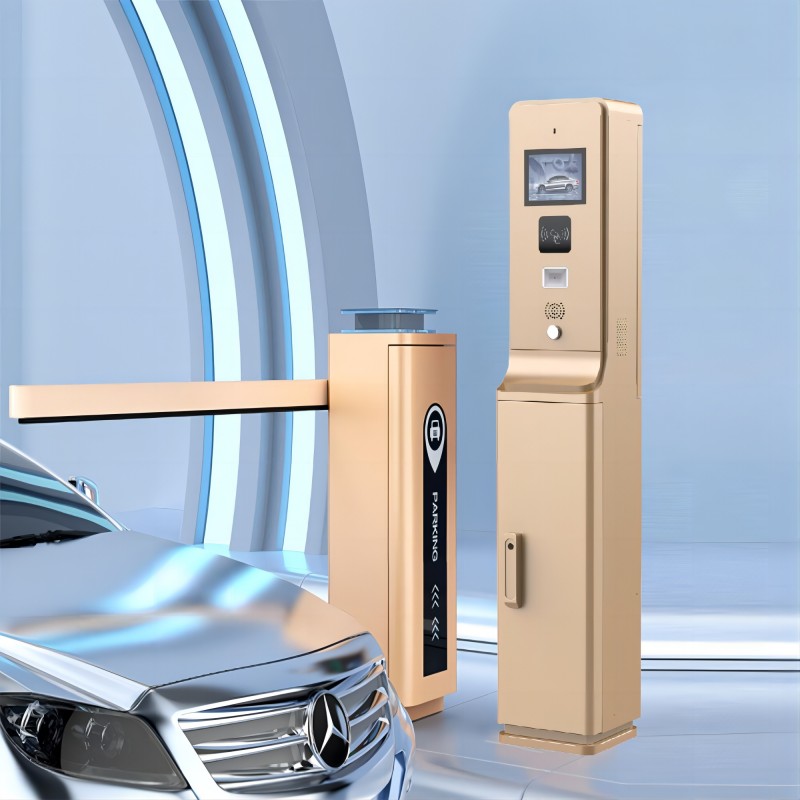
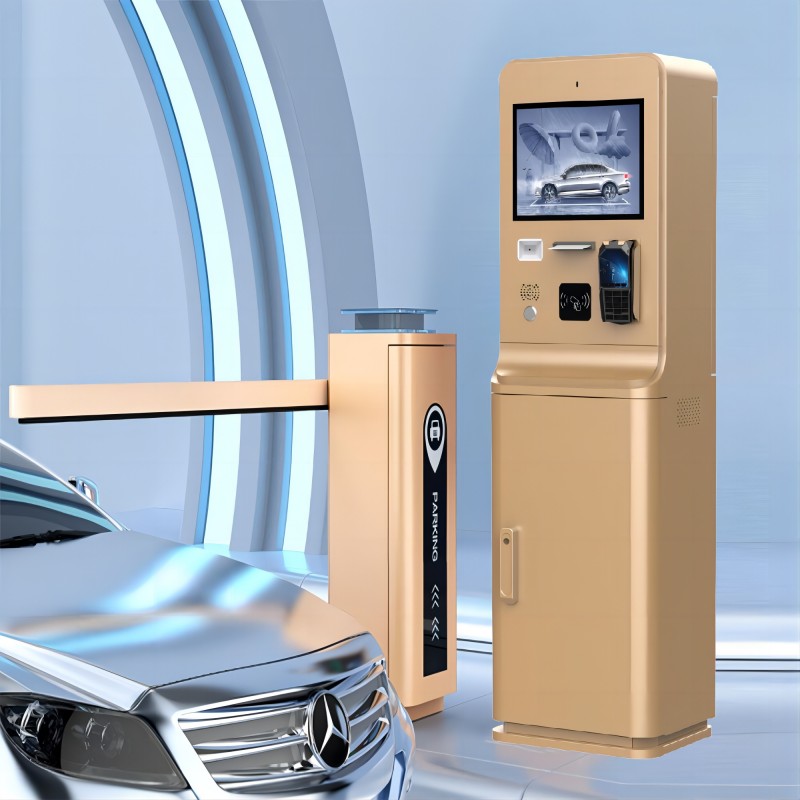
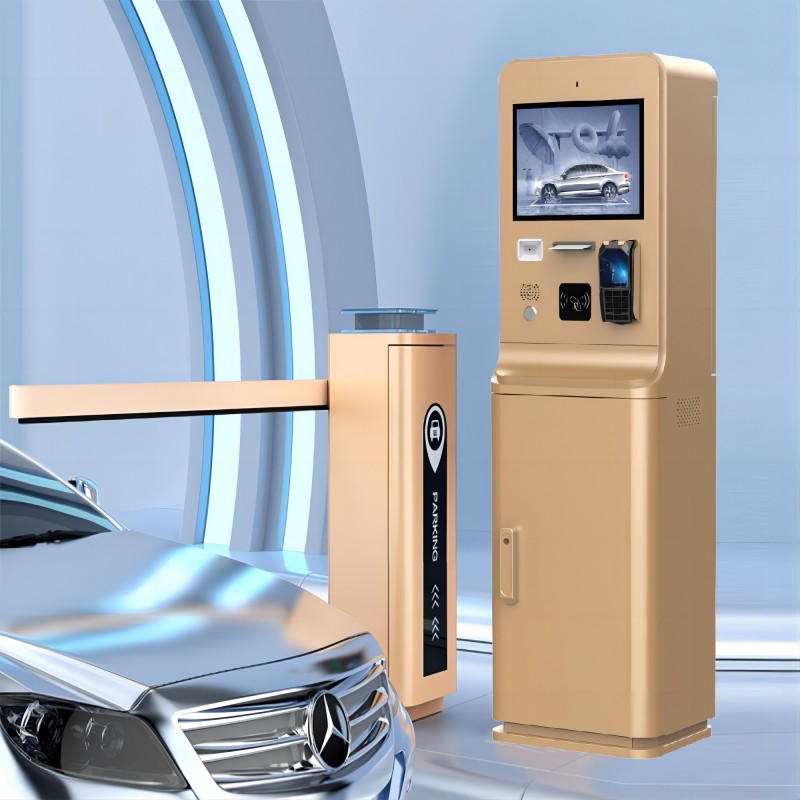
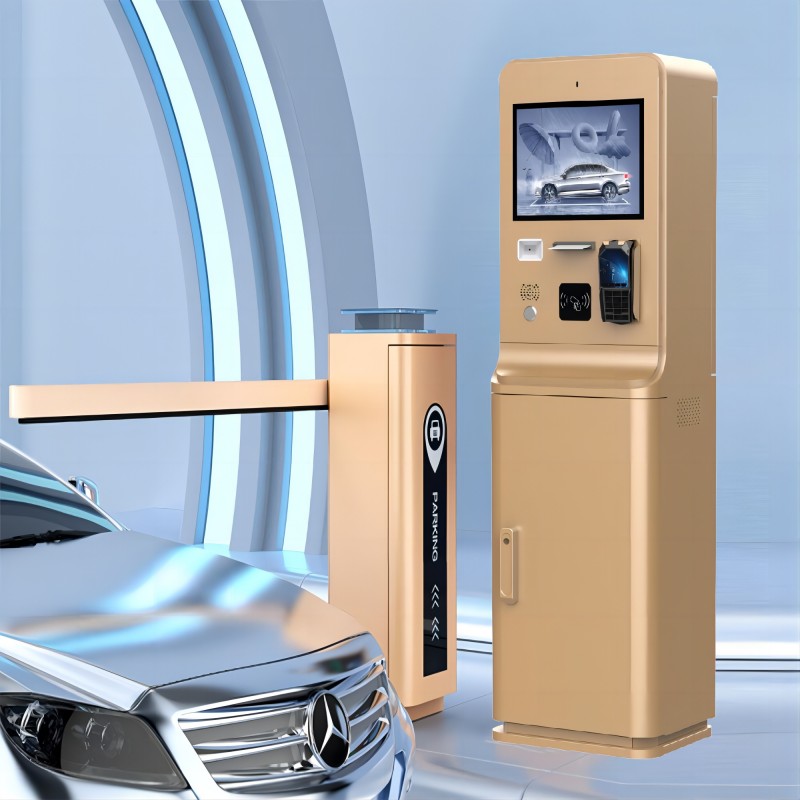

What did our happy clients say?
Thrilled with our new parking kiosk! It’s user-friendly, reliable, and integrates seamlessly with our system. Excellent service from the supplier—highly recommend!
The parking kiosk we purchased exceeded our expectations. Easy to use, robust design, and efficient payment processing. Great investment for our facility!
We are very satisfied with the parking kiosk. It has streamlined our operations and improved customer experience. The support team was fantastic. Worth every penny!
Fantastic quality and performance from our new parking kiosk. It’s durable and well-designed. The purchasing process was smooth and the installation was prompt. Highly recommend!